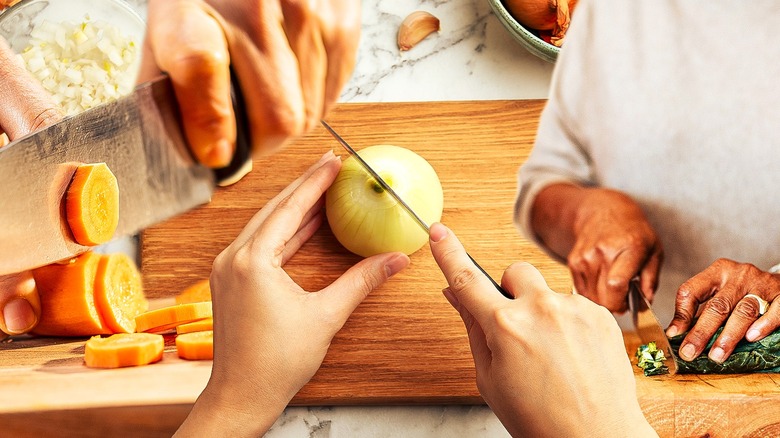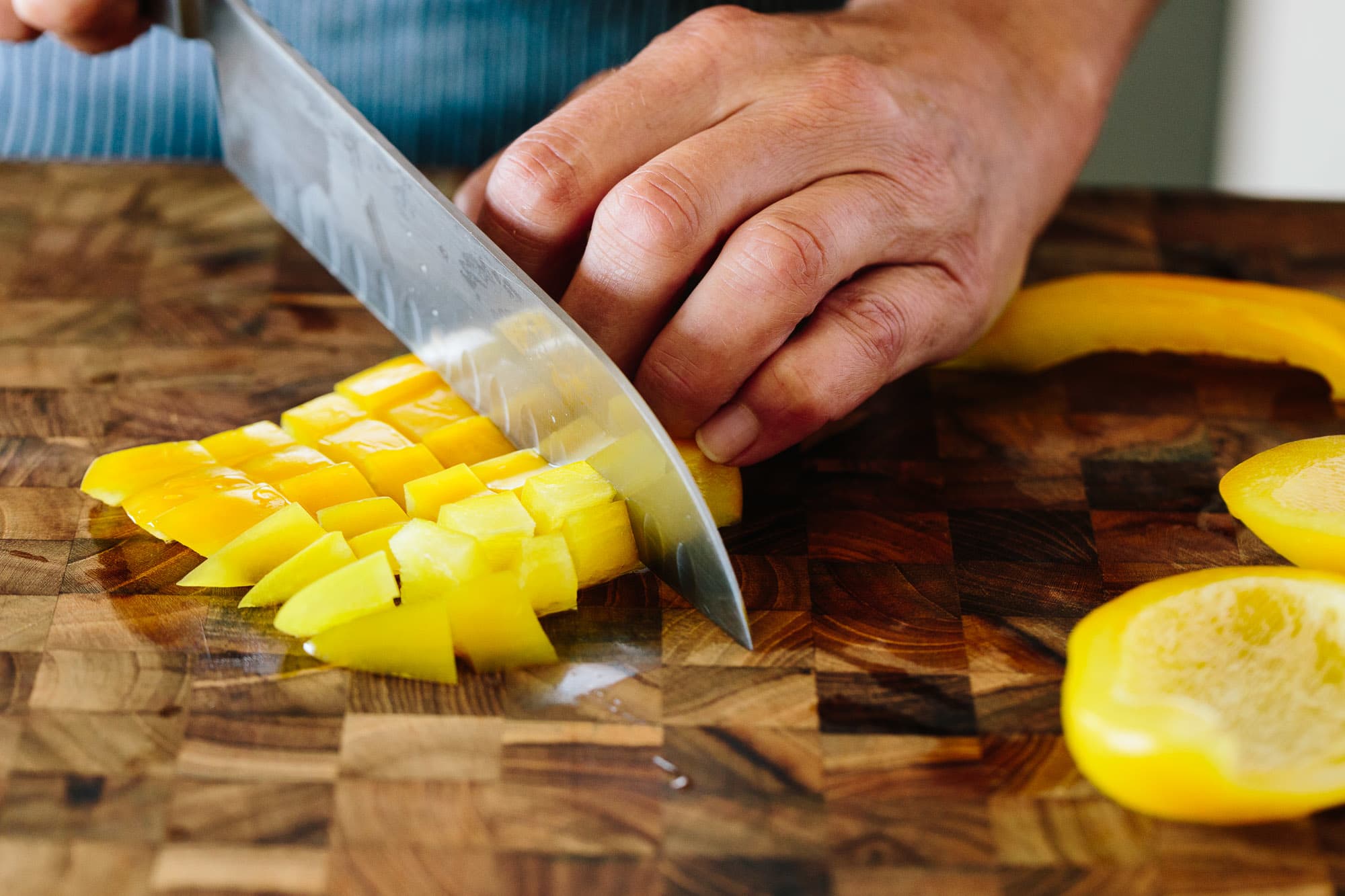As kitchen professionals, we often rely on our trusted wooden cutting boards to assist us in culinary masterpieces. However, knowing which of the following is not a good way to clean a wooden cutting board can mean the difference between preserving our kitchen tools and damaging them. In this article, we dive deep into the best practices for cleaning wooden cutting boards, the harmful methods to avoid, and tips for proper care and maintenance.

Understanding Wooden Cutting Boards
Before we can answer the pressing question of cleaning methods, its important to understand why wooden cutting boards are an essential part of any professional kitchen. Unlike plastic boards, wooden cutting boards are known for their natural properties that promote not only durability but also hygiene. They have a unique ability to 'self-heal' after being cut upon, making them less prone to harboring bacteria.
Benefits of Wooden Cutting Boards
1. **Durability**: High-quality wooden boards can last for years if taken care of properly. 2. **Aesthetics**: A wooden board adds a rustic charm to your kitchen space. 3. **Knife Friendliness**: Wooden boards are gentler on your knives compared to their plastic counterparts. 4. **Self-Healing Properties**: Wood fibers close up after knife cuts, making it less likely for bacteria to survive.
Common Myths About Cleaning Wooden Cutting Boards
As with many culinary tools, misconceptions abound regarding the care of wooden cutting boards. Here are a few common myths that kitchen professionals often encounter:
Myth 1: Soap and Water Are Always Enough
While using soap and water is a standard cleaning method, many professionals might overlook the specific needs of wooden boards. High moisture content can damage the wood over time, leading to cracks or deformation. Instead, consider using a damp cloth and a diluted vinegar solution or specialized board cleaners.
Myth 2: Never Use Oil on Wooden Boards
This is false! In fact, applying mineral oil or specialized board oil regularly can greatly extend the life of your wooden cutting board. It helps to seal the wood, preventing moisture absorption and cracking.
Which of the Following is Not a Good Way to Clean a Wooden Cutting Board?
Based on our earlier discussion, lets address the main question: which of the following is not a good way to clean a wooden cutting board? The unmissable answer is using harsh chemicals or submerging your board in water. Here are some questionable methods to avoid:
- Submerging in Water: Wooden cutting boards should never be soaked in water as it can lead to warping and cracks.
- Using Harsh Chemicals: Bleach and other strong chemicals can degrade the wood and cause health risks.
- Dishwasher Cleaning: Never place your wooden cutting board in the dishwasher. The steam and temperature changes can warp the wood.
Recommended Cleaning Methods
So, what are the best practices? Heres a summary of effective and safe cleaning methods:
- Wipe with a damp cloth and vinegar solution for light cleaning.
- For minor stains, use baking soda as a gentle abrasive.
- Regularly apply mineral oil to keep the board hydrated.
Maintaining Wooden Cutting Boards
Proper maintenance goes beyond just cleaning. It involves regular conditioning and adhering to specific use practices. Here are some tips to keep your wooden cutting boards in tip-top shape:
Conditioning Your Board
Applying mineral oil or a specialized cutting board oil after cleaning is crucial. It protects the wood and keeps it from absorbing moisture and odors. Its a terrific habit to condition your boards at least once a month.
Using Different Boards for Different Foods
To avoid cross-contamination, consider using separate wooden boards for vegetables, meats, and bread. This safeguard not only keeps your food safe but also maintains the taste integrity of your dishes.

FAQ Section
Q1: How often should I clean my wooden cutting board?
A1: Clean your wooden cutting board after each use or whenever it appears dirty. Regular maintenance is key!
Q2: Can I use any oil for conditioning my wooden cutting board?
A2: It's best to use mineral oil or oils specifically designed for cutting boards. Avoid vegetable oils, as they can go rancid.
Q3: What should I do if my wooden cutting board smells?
A3: Try cleaning it with a baking soda paste. Baking soda is great for absorbing odors!
Additional Resources
For more in-depth knowledge, check out this article on wood cutting board smell, or learn about cutting board care.
As an Amazon Associate, I earn from qualifying purchases.
As an Amazon Associate, I earn from qualifying purchases.


























